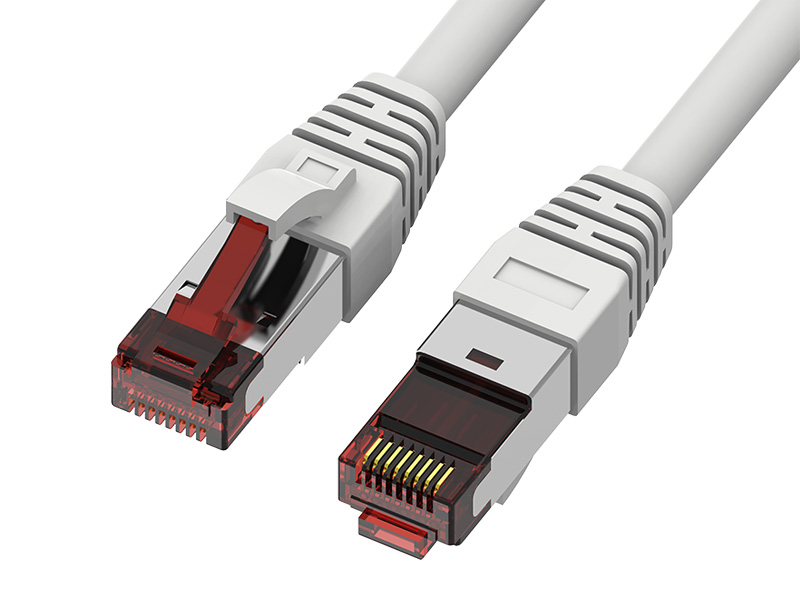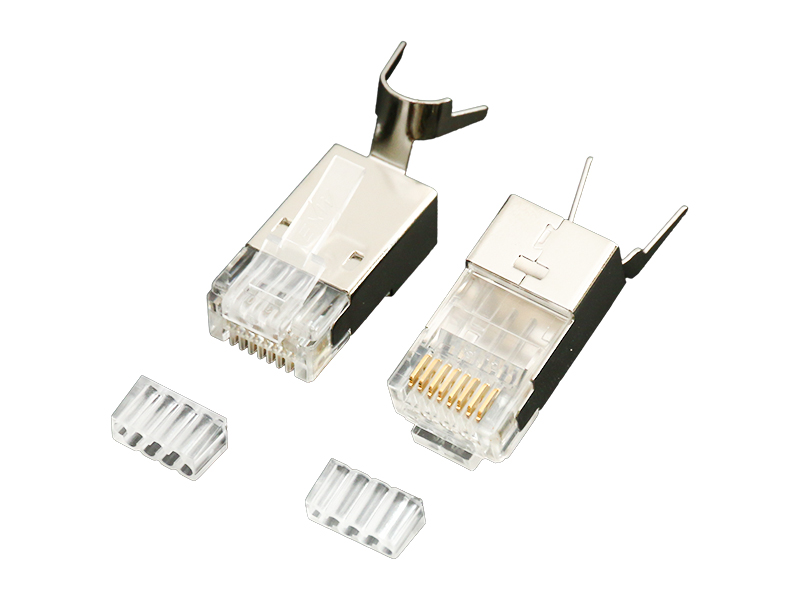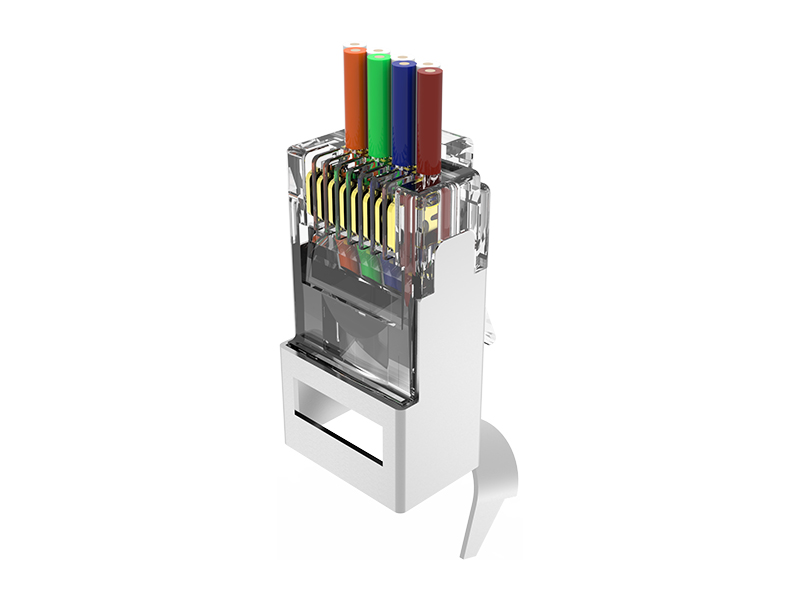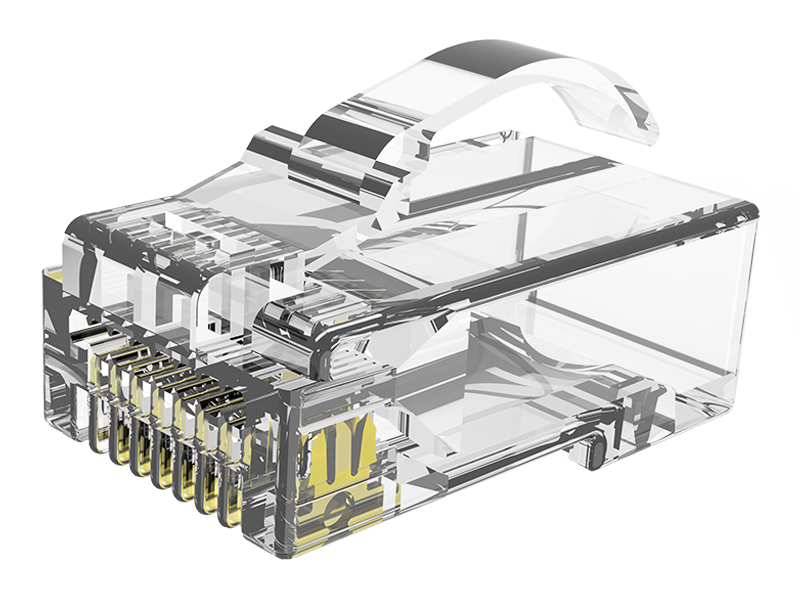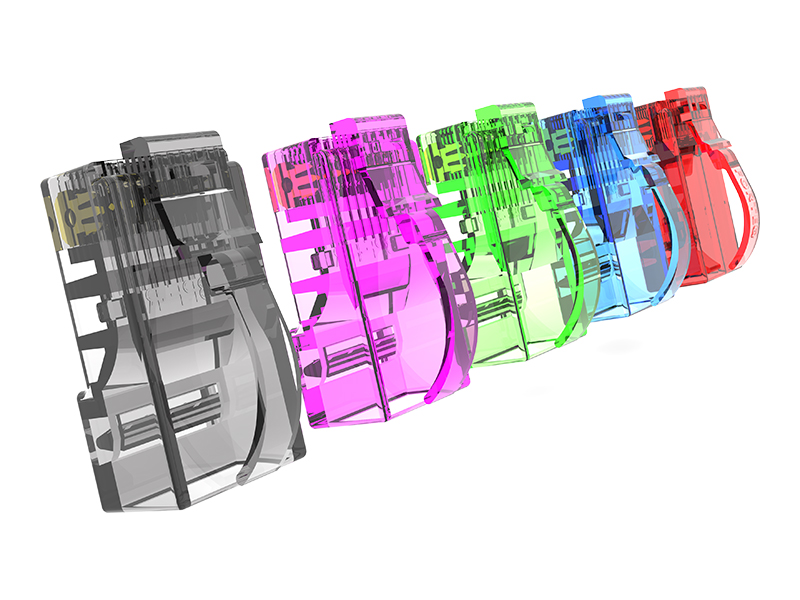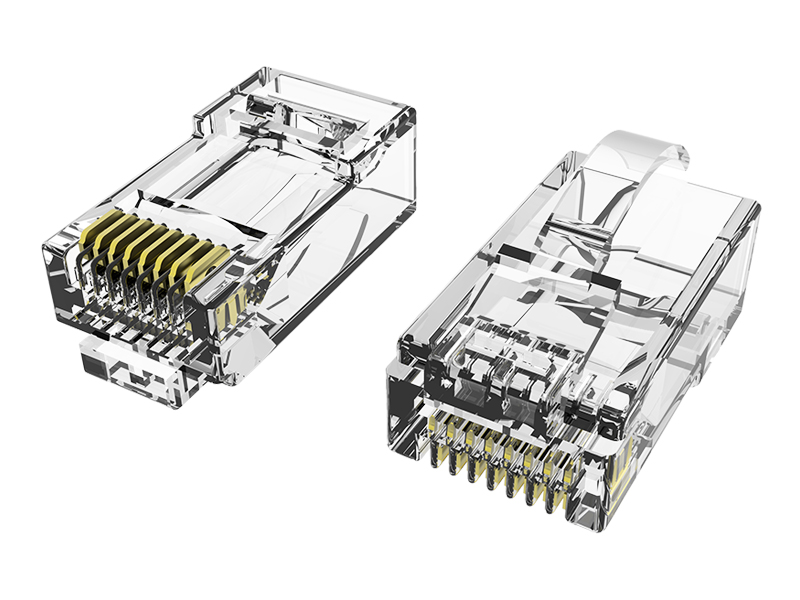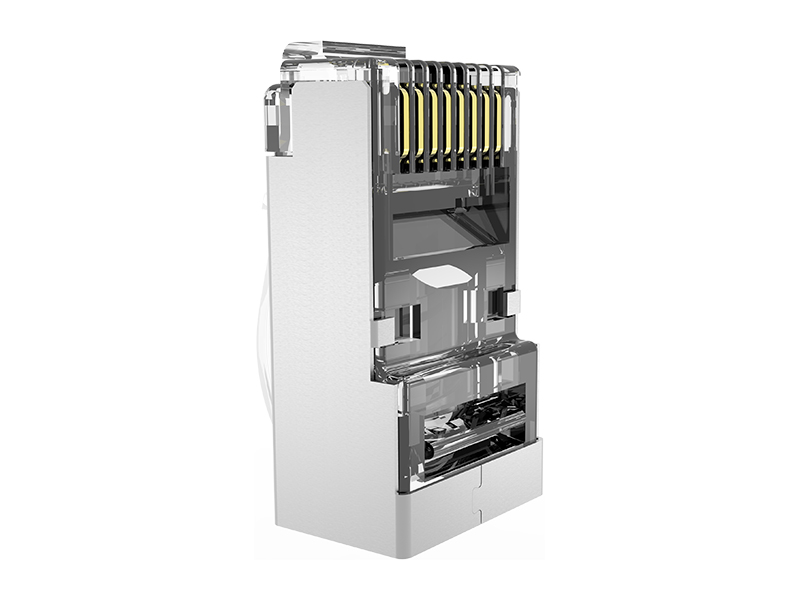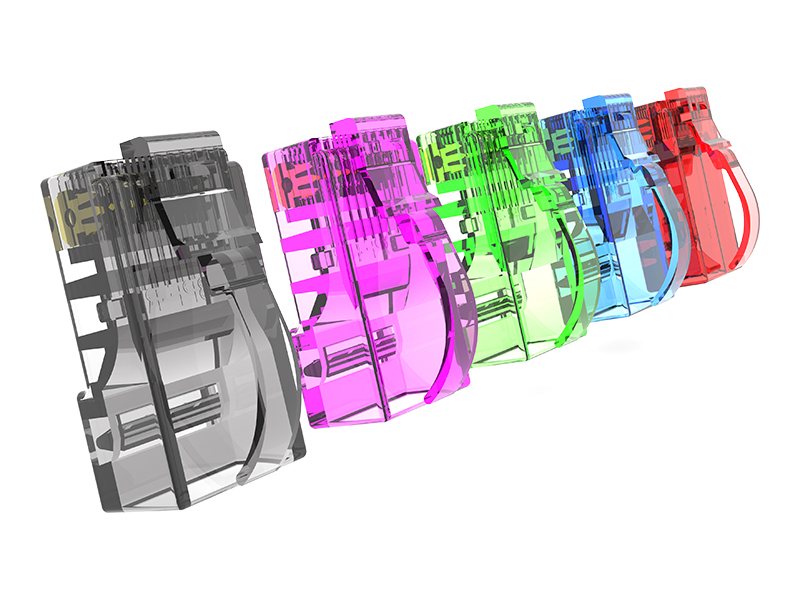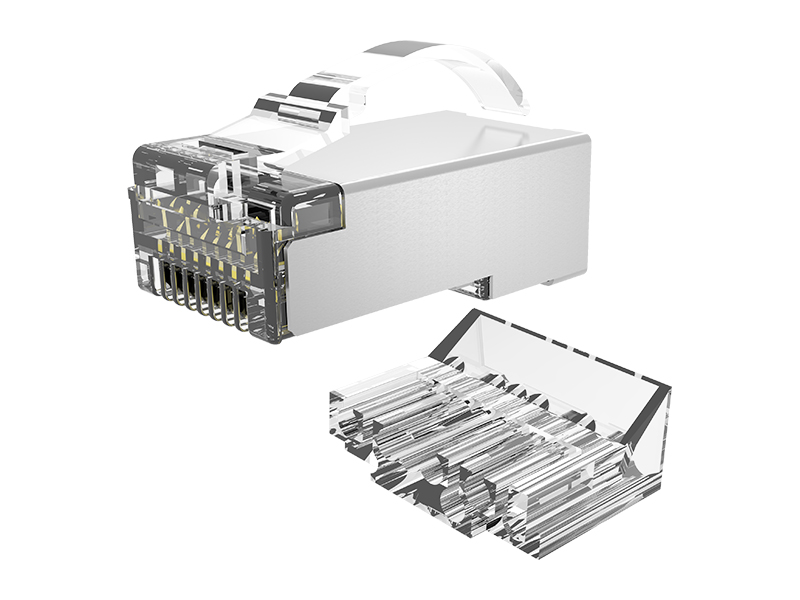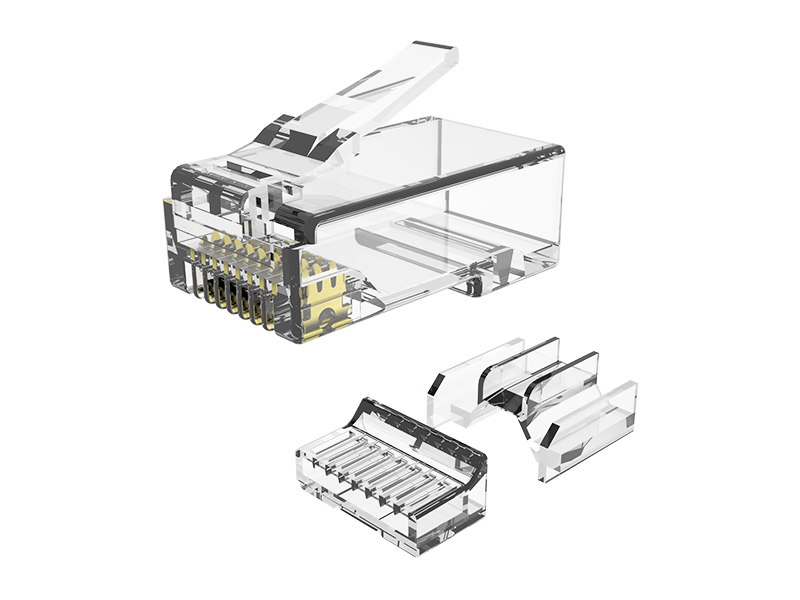When using a toolless plug, it is indeed necessary to choose the appropriate plug based on the power of the device. Although the design of toolless plugs simplifies the connection operation, their electrical load-bearing capacity is still limited to some extent. Each type of toolless plug has its maximum carrying current and power specifications, which means that if the selected plug does not meet the power requirements of the equipment, it may cause poor contact, overheating, and even damage to the equipment or electrical system.
If the rated current and power of the plug do not match, it may not be able to effectively carry the power required by the equipment, thereby affecting the normal operation of the equipment and even posing safety hazards. For example, for high-power devices (such as high-power appliances, industrial machinery, etc.), it is necessary to choose a toolless plug with sufficient load-bearing capacity, while for low-power devices (such as small appliances or light tools), a plug with lower load-bearing capacity can be selected.



 中文简体
中文简体 English
English Français
Français Deutsch
Deutsch عربى
عربى

